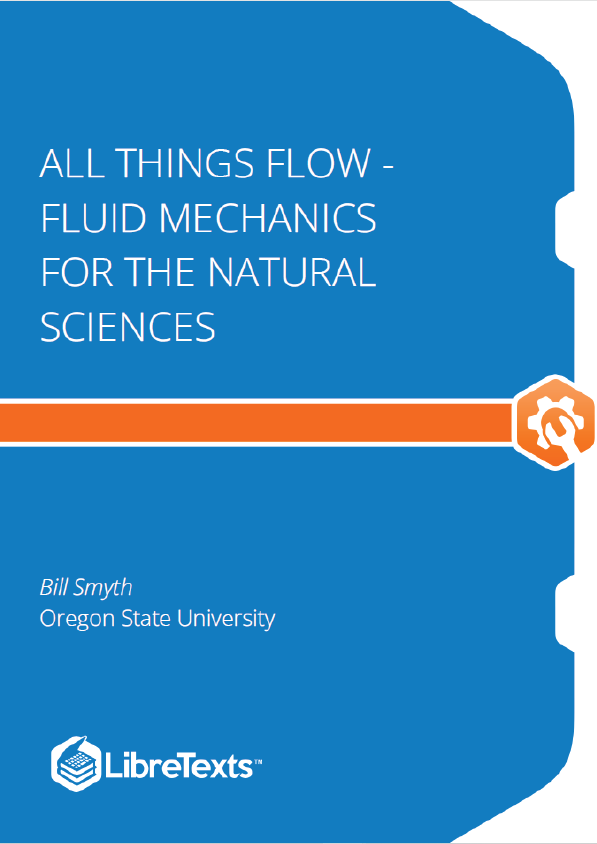“Empty your mind. Be formless, shapeless, like water. When you put water in a bottle, it becomes the bottle; when you put water in a teapot, it becomes the teapot. Water can flow or it can crash. Be water, my friend.” – Bruce Lee
Nearly all materials are either solid or fluid. The distinction depends on what happens if you apply a force that acts to deform (e.g., bend or twist) the material, and then remove the force. A solid will return to its original shape, whereas a fluid will continue to deform. Deformation that continues after the force is removed is called flow. Therefore, a fluid is simply a material that flows.
Real fluids are made of molecules far too small for us to observe directly. Those molecules are in constant motion. Besides traveling through space, they spin, wiggle and change their shape. In air at sea level, the mean translational speed is several hundred m/s, close to the speed of sound (not coincidentally). As a result of this motion, molecules occasionally collide. A useful measure of molecule spacing is the average distance (or mean free path) between collisions. Typical values are m in water and m in air.
What we perceive as the “motion” of a fluid is in fact the average motion of many individual molecules. For example, if you hold out your hand to test the wind, the motion you sense is really the average over all of the air molecules striking your hand, i.e., billions of molecules. If you subtract out that average velocity, what’s left is the independent motion of each molecule, as well as whatever little dance the molecule may execute as it travels. On the macroscopic level, we experience those residual motions in two ways: as pressure and as heat.
What we observe as a fluid, then, is indistinguishable from a continuous medium (a continuum) which has the properties of velocity, pressure and temperature at each point in space. Modeling a fluid in this way excuses us from having to account for the behavior of each individual molecule, a dramatic simplification. It also allows us to bring to bear the powerful analytical machinery of the calculus. On the other hand, the continuum view introduces some concepts that don’t arise in the familiar physics of solid bodies, e.g., stress, strain and advection. It is for these phenomena that tensor analysis is needed.
Despite the power of the continuum idea, we’ll occasionally find it helpful to remember that the fluid is really made up of molecules. A fluid parcel is defined as a collection of molecules occupying a simply connected region of space (i.e., a single, continuous blob) that is much bigger than the mean free path. The fluid parcel can move and change its shape, but it is always composed of the same molecules. Another name for a fluid parcel is a material volume.











